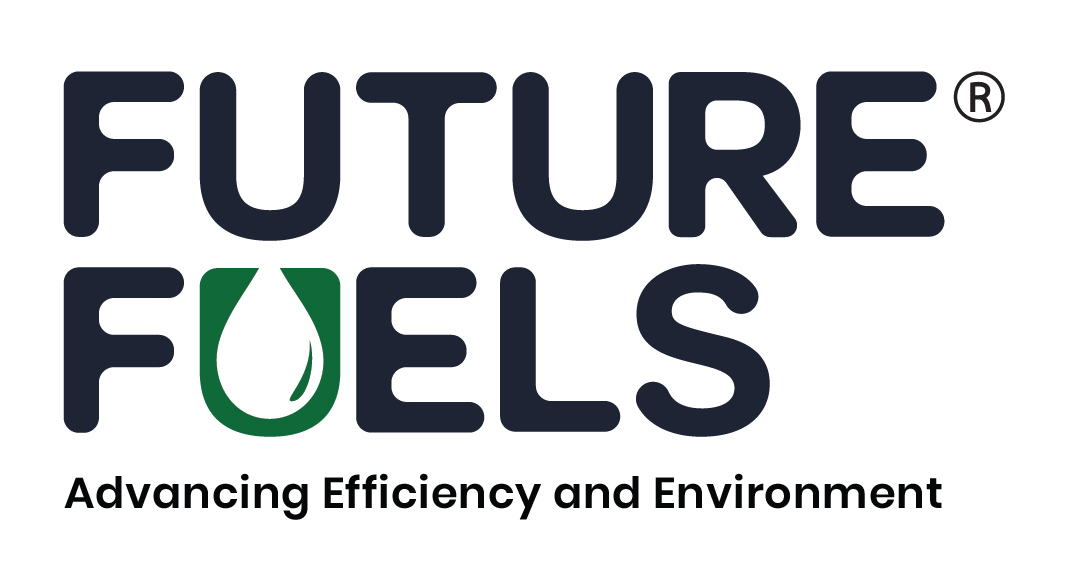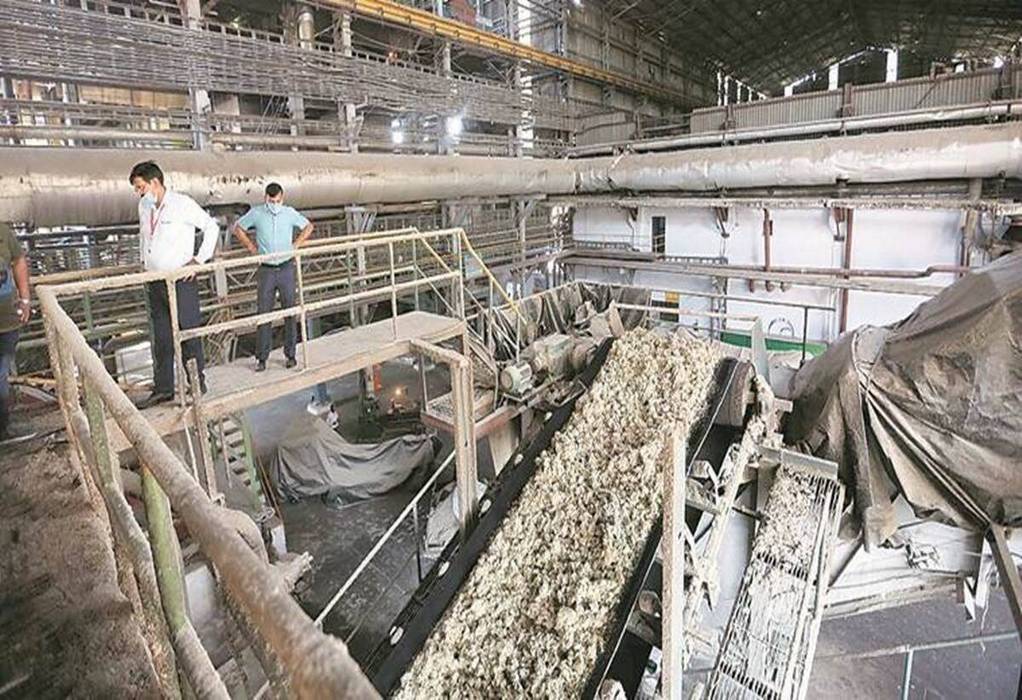As per the estimates of the Niti Aayog, to achieve 20 per cent of ethanol (E20) blending in petrol in the country by 2025, 1,000 crore litres of ethanol will be required, he said while speaking at an event organised by Society of Indian Automobile Manufacturers (SIAM).
The sugar industry will need government support to produce ethanol required to meet the target of achieving 20 per cent mixing with petrol by 2025, Indian Sugar Mills Association President Aditya Jhunjhunwala said.
As per the estimates of the Niti Aayog, to achieve 20 per cent of ethanol (E20) blending in petrol in the country by 2025, 1,000 crore litres of ethanol will be required, he said while speaking at an event organised by Society of Indian Automobile Manufacturers (SIAM).
This would require higher ethanol production capacities, more distilleries and government policies to boost sugarcane and sugar production in the country, he added.
The industry has already utilised existing production capacities, he said, adding “the next option is to put up new greenfield projects”.
Certain issues about smooth blending and production of ethanol need to be addressed to achieve the short-term and long-term targets, he noted.
Speaking at the event, Minister of Petroleum and Natural gas and Urban Development Hardeep Puri, however, said the focus has to be on diversification of sources of ethanol, such as agricultural waste and paddy straws as sugarcane is a water-intensive crop.
Tags: Ethanol, Government, ISMA, SIAM



Recent Posts
Port of Brisbane Unveils Vision 2060 to Drive Smarter, Cleaner, and More Connected Future
Wärtsilä to Deliver Hybrid Propulsion Systems for Vertom Group’s New Low-Emission Vessels
Latvian port receives electric Konecranes Gottwald Mobile Harbor Crane
Sustainable Ocean Economy Vital for Human Development, Says UNDP at UN Ocean Conference
Green Hydrogen Costs in India Could Drop by 40%, Says IEEFA-JMK Report
Cavotec Secures €1.55 Million Shore Power Contract for Port of Antwerp-Bruges
APM Terminals and SANY Marine sign landmark agreement to accelerate decarbonisation
The Port of Gothenburg takes big step towards shore power connection for container and car/RoRo vessels